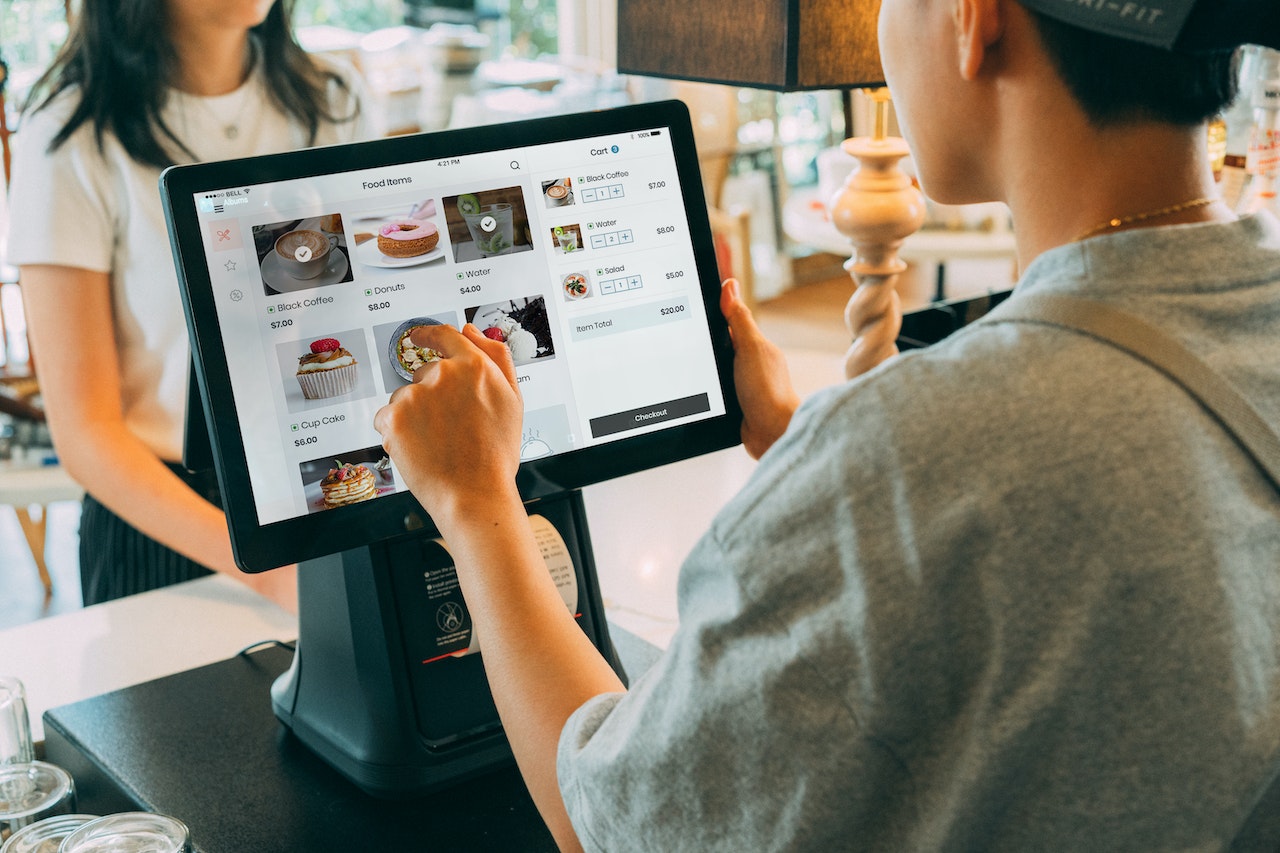In today’s fast-paced retail environment, having a reliable Point of Sale (POS) system combined with effective inventory management software is essential for businesses looking to thrive in the competitive landscape of the Philippines. The retail sector in the Philippines has experienced significant growth, and as a result, retailers must adapt to new technologies that streamline their operations and enhance customer experiences. In this blog post, we’ll explore the benefits and features of integrating POS with inventory software, and how it can revolutionize retail businesses in the Philippines.
Understanding POS Systems
A Point of Sale (POS) system is more than just a cash register; it is a comprehensive solution that allows businesses to process transactions, manage customer data, and track sales in real time. Modern POS systems come equipped with various features such as inventory tracking, employee management, and sales analytics. In the Philippine market, having a user-friendly interface is crucial, as it ensures that staff can efficiently handle transactions and provide excellent customer service.
The Role of Inventory Software in Retail
Inventory management is the backbone of any retail operation. It involves monitoring stock levels, managing orders, and ensuring that products are available when customers need them. Inventory software plays a pivotal role by integrating seamlessly with POS systems, allowing businesses to track inventory in real-time. This integration not only enhances operational efficiency but also ensures that retailers can provide accurate information to customers regarding product availability.
Benefits of Integrating POS with Inventory Software
Streamlined Sales Processing: Integrating POS with inventory software philippines allows for quick transaction processing, enabling users to add items, apply discounts, and accept various payment methods effortlessly. This leads to shorter wait times for customers and improved satisfaction.
Real-time Inventory Management: Real-time updates on stock levels help retailers avoid stockouts or overstock situations. This capability ensures that businesses can respond promptly to customer demands, maintaining optimal inventory levels at all times.
Enhanced Customer Experience: The integration enables retailers to manage customer profiles effectively, capturing valuable information such as purchase history and preferences. This data can be used to offer personalized experiences, loyalty programs, and targeted promotions, significantly enhancing customer satisfaction.
Accurate Reporting and Analytics: POS systems integrated with inventory management provide robust reporting tools that help retailers analyze sales trends, inventory turnover, and customer behavior. This data-driven approach allows businesses to make informed decisions and strategize for future growth.
Choosing the Right POS and Inventory Software in the Philippines
When selecting a POS and inventory software solution, businesses should consider several factors, including:
- User Interface: A simple and intuitive design makes it easier for staff to adapt.
- Scalability: The software should grow with the business, accommodating increased transaction volumes.
- Customer Support: Reliable support ensures any issues are quickly resolved.
- Cost: It’s important to find a solution that fits your budget without compromising on features.
Some popular POS and inventory software options available in the Philippines include Microsoft Dynamics 365, Vend, and Square. Each of these solutions offers unique features tailored to different retail needs.
Successful Implementation of POS with Inventory Software
Numerous businesses in the Philippines have successfully integrated POS with inventory software, reaping significant benefits. For instance, a local grocery chain improved its checkout process by 40% after implementing a cloud-based POS system linked to its inventory management. This allowed them to provide real-time stock updates, reducing customer wait times and increasing overall satisfaction.
Another example is a clothing retailer that utilized integrated software to better manage its stock levels and analyze sales trends. By understanding customer preferences, they were able to adjust their inventory accordingly, leading to a 30% increase in sales over six months.
Challenges in Implementing POS and Inventory Software
While integrating POS and inventory software offers numerous advantages, there can be challenges. Common issues include:
- Resistance to Change: Employees may be hesitant to adopt new technologies.
- Data Migration: Transitioning from older systems can be complex and time-consuming.
- Training Needs: Staff will require adequate training to use the new system effectively.
To overcome these challenges, businesses should prioritize change management, provide thorough training, and consider phased implementations to ease the transition.
Future Trends in POS and Inventory Management in the Philippines
The future of POS and inventory management in the Philippines is poised for exciting developments. Emerging technologies, such as cloud-based systems and artificial intelligence, are expected to play a significant role in enhancing retail operations. Additionally, the rise of e-commerce and the growing trend of omnichannel retailing necessitate that businesses adopt more sophisticated POS solutions that can seamlessly integrate online and offline sales.
Takeaway
Integrating POS with inventory software is a game-changer for retailers in the Philippines. The benefits, including streamlined sales processing, real-time inventory management, enhanced customer experiences, and accurate analytics, make it an essential investment for any retail business. As the retail landscape continues to evolve, businesses must adapt to these modern solutions to stay competitive.











